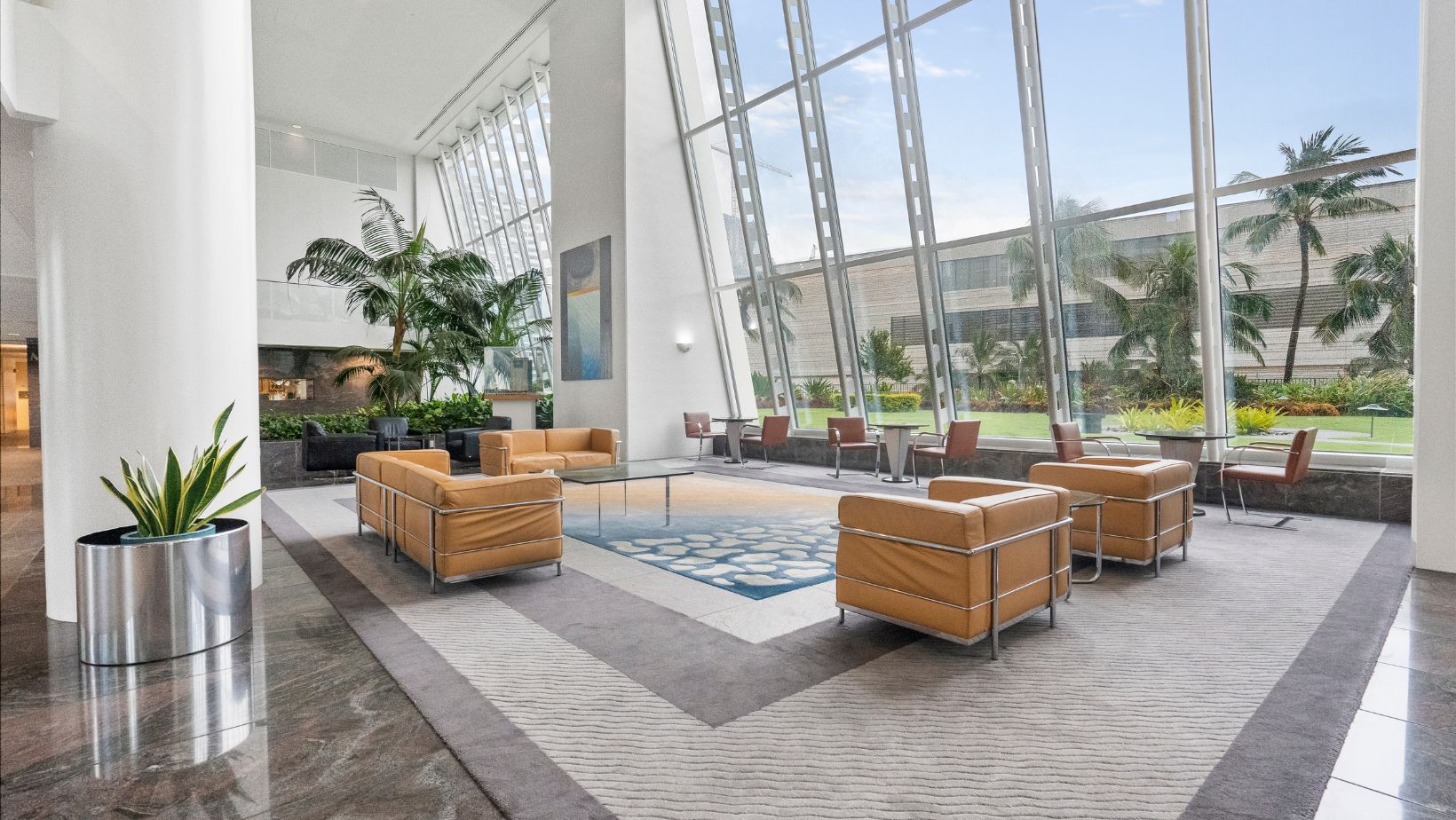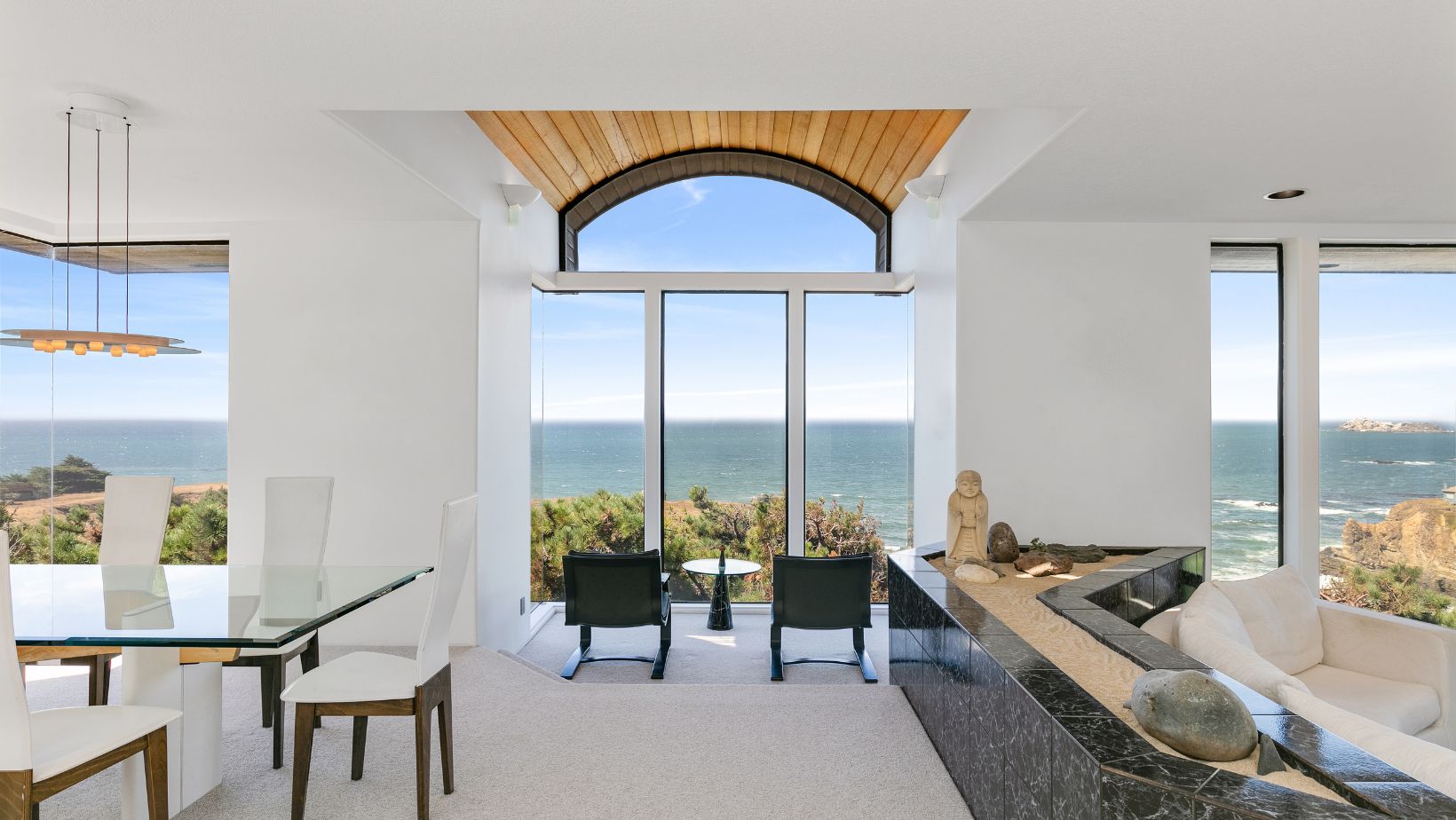
Creating memorable and functional spaces within the hospitality sector requires more than just aesthetic design; it calls for a deep understanding of how environments shape guest experiences. Hospitality architecture is the art and science of designing spaces that cater to comfort, efficiency, and a sense of place, setting the stage for exceptional guest interactions. Achieving success in this field means seamlessly blending form and function, which involves various components that architects and designers must carefully consider.
Guest-Centric Design Philosophy
At the core of successful hospitality architecture is a guest-centric design approach. This philosophy emphasizes creating spaces that prioritize the guest’s needs, comfort, and overall experience. Designers achieve this by thoroughly understanding the target clientele, whether it’s luxury travelers, business guests, or families. By focusing on the expectations and preferences of the intended users, architects can craft environments that resonate on a personal level.
Elements such as intuitive wayfinding, cozy public spaces, and adaptable guest rooms are essential. For instance, designing lobbies that feel inviting and multifunctional can set the tone for a guest’s stay. This approach goes beyond the purely visual appeal and delves into aspects like accessibility, noise control, and ergonomic comfort.
Integrating Local Culture and Identity
Hospitality architecture thrives when it reflects the local culture and identity of its setting. Infusing regional elements into the design gives guests an authentic experience that transcends typical lodging. This can be achieved through the use of local materials, art, and traditional design motifs. For example, a hotel in the Southwest United States might incorporate adobe textures and Native American patterns to evoke a strong sense of place.

Integrating local culture not only enhances the guest experience but also supports sustainable tourism by respecting and showcasing local heritage. Architects must strike a balance between global hospitality standards and unique, location-specific details that tell a story and create an emotional connection for guests.
Sustainable and Eco-Conscious Practices
Sustainability is a key component of modern hospitality architecture. As the global focus on eco-friendly practices grows, the hospitality industry is increasingly adopting green building methods. Successful architects incorporate energy-efficient systems, renewable energy sources like solar panels, and water-saving technologies to minimize the carbon footprint of their projects.
The use of sustainable materials such as reclaimed wood, bamboo, and recycled stone is also on the rise. Additionally, incorporating biophilic design elements—such as indoor greenery, living walls, and access to natural light—not only contributes to sustainability but also enhances the well-being of guests and staff alike. Working with natural stone construction specialists can further elevate sustainability efforts by ensuring that natural materials are sourced and utilized responsibly, blending durability with eco-conscious design.
Functional Space Planning
Efficient space planning is crucial in hospitality architecture, as it directly affects the flow and usability of a property. Designers must create layouts that maximize space without sacrificing comfort or aesthetics. This involves considering the logistics of guest movement, staff operations, and how different areas of the property interact.
For example, the seamless transition from the reception area to guest amenities like lounges, dining spaces, and spas can greatly enhance the guest experience. Clear zoning that delineates public and private areas while maintaining a cohesive design ensures that guests feel both engaged and at ease throughout their stay.
Aesthetic Appeal and Cohesive Themes
While functionality is vital, the visual appeal of a hospitality space cannot be overlooked. Successful hospitality architecture is marked by cohesive design themes that extend throughout the property, from the exterior facade to the smallest details of guest rooms. Consistency in color schemes, textures, and materials creates a harmonious atmosphere that is inviting and memorable.
Architects often collaborate with interior designers to craft spaces that align with the brand’s identity while appealing to guests’ senses. For instance, boutique hotels might favor bold, artistic statements and eclectic decor, while luxury resorts may opt for timeless elegance with rich fabrics and fine finishes.
Technology Integration
In today’s world, technology is an integral part of the hospitality experience. From smart room features to seamless check-in processes, technology can enhance convenience and comfort for guests. Successful hospitality architecture integrates these modern solutions without detracting from the overall design or ambiance.

Features such as keyless room entry, automated lighting and temperature controls, and in-room tablets for service requests can create a more personalized and efficient guest experience. However, architects must thoughtfully design spaces that conceal technological components to maintain a warm, human touch within the environment.
Flexibility and Adaptability
The hospitality industry is constantly evolving to meet new trends and guest expectations. Designing spaces that can adapt to these changes is essential for long-term success. This could mean incorporating modular furniture, creating multi-purpose venues, or using movable partitions that allow for space reconfiguration.
Adaptable designs ensure that a property can host a range of events and cater to various guest needs, from business conferences to weddings and intimate gatherings. This flexibility extends the functionality of spaces, making them more economically viable and enhancing their appeal to a broader market.
Conclusion
Successful hospitality architecture blends art, functionality, and science to create spaces that offer exceptional guest experiences. By focusing on guest-centric design, local culture, sustainability, functional space planning, cohesive aesthetics, technology, and adaptability, architects can develop properties that meet modern standards while fostering a sense of belonging and comfort. As hospitality continues to evolve, the key components highlighted here remain fundamental to designing spaces that stand the test of time and deliver memorable experiences for every guest.



